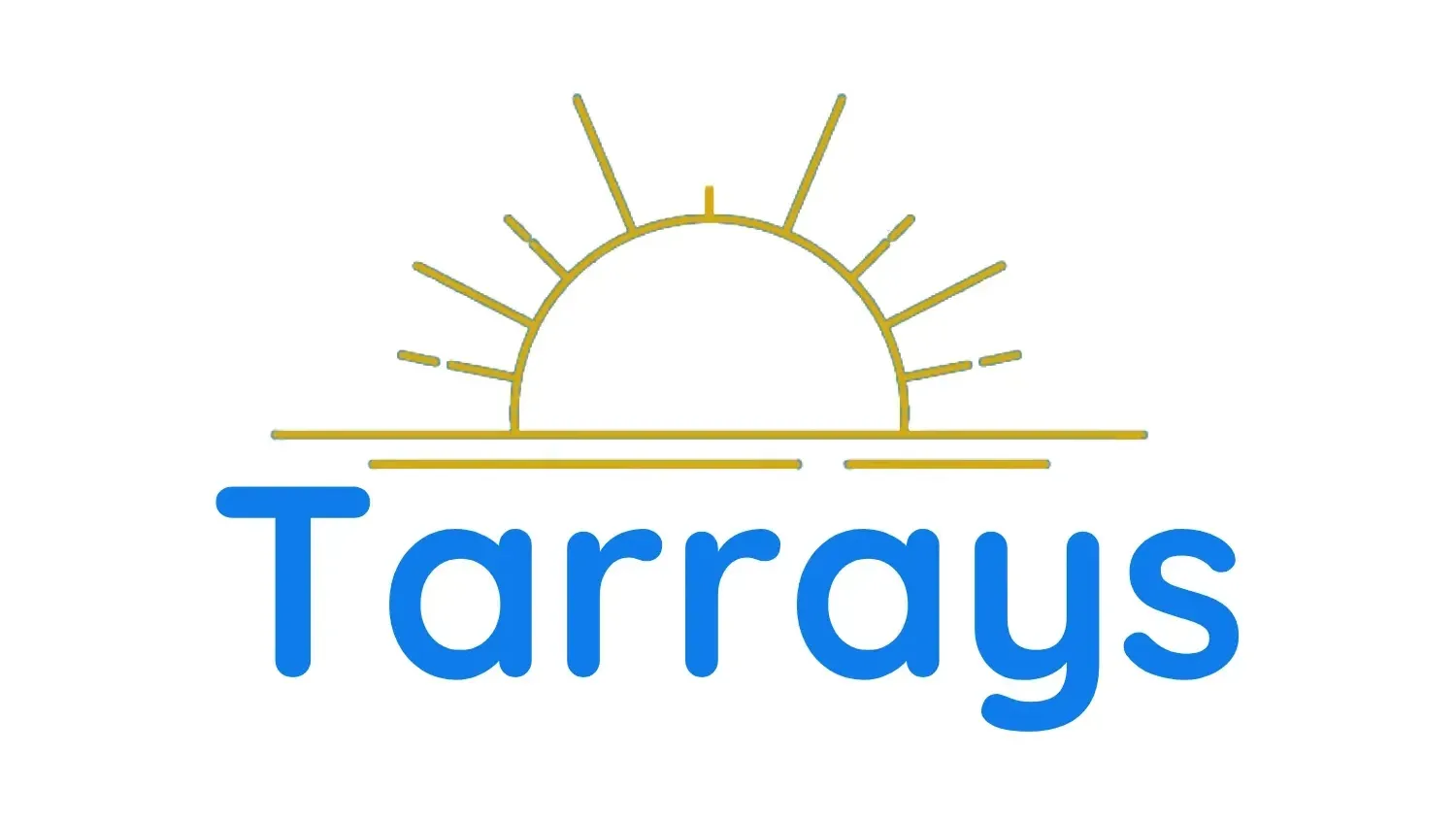Addressing Aged Care Staffing Shortages: How Tarrays is Making a Difference
Australia is grappling with a severe Aged Care Staffing Shortage, a situation projected to grow unless immediate action is taken. The deficit, risking the dignity of ageing Australians, requires a decisive response, highlighting a pressing need for solutions within the sector.
Addressing this crisis, Tarrays Healthcare Staffing, centred in Regional NSW, presents innovative strategies aiming at mitigating these shortages. The following sections will explore how Tarrays is making a pivotal difference, enhancing the quality and impact of aged care services.
The Challenges of Aged Care Staffing Shortages
The aged care sector in Australia faces significant challenges in staffing, exacerbated by a combination of factors that have led to an acute shortage of skilled professionals. Key roles such as registered nurses, enrolled nurses, personal care assistants, and food services assistants are particularly hard to fill. This shortage is not only a matter of numbers but is deeply impacted by the demanding nature of the work. High staff turnover rates are prevalent, driven by burnout and emotional strain. These challenges are further compounded by funding cuts, which have negatively impacted the quality of care and made it challenging for aged care facilities to attract and retain qualified professionals.
Workforce Resourcing Challenges:
Primary challenge: Staff shortages impacting care quality, governance, and compliance.
Increased physical and psychological injuries among staff due to high job demands and poor support/resources.
Government Initiatives and Remaining Shortages:
Despite a 15% increase in the minimum pay standard, thousands of workers are still needed.
Annual staff shortage has doubled in less than a year, from 17,000 to 35,000, due to pandemic circumstances and lack of government action.
The sector's struggle is further highlighted by the closure of aged-care homes due to staff shortages, with at least 18 facilities closing or due to close in 2023. This situation is indicative of the broader issue of job vacancies in health care and social services, which remain the highest of any industry. A comprehensive approach, including improving working conditions, offering competitive remuneration, and investing in staff training and development, is essential to address these workforce shortages and ensure the sustainability of quality aged care services in Australia.
Innovative Solutions by Tarrays
Tarrays Healthcare Staffing emerges as a beacon of hope in addressing the aged care staffing shortages, particularly in regional NSW. They stand out by offering a comprehensive suite of services tailored to the unique needs of aged care facilities.
Qualified Professional Network: Tarrays boasts a vast network of healthcare professionals, ensuring aged care facilities have access to the staff needed to deliver quality care. Their focus on continuity of care is crucial in maintaining the standard of services amidst high staff turnover rates.
Professional Development: Understanding the importance of staying abreast with industry trends, Tarrays provides its staff with ongoing training and professional development opportunities. This not only enhances the quality of care provided but also contributes to the personal growth of their team members.
Recruitment and Staffing Solutions: Specialising in the recruitment of nursing and healthcare professionals, Tarrays offers a solution-centric approach. They ensure that all team members are fully screened and align with the facility's ethos, thereby enhancing the care quality for residents. Additionally, Tarrays supports job seekers in finding fulfilling career opportunities, ensuring a good fit between the employer and the employee.
Through these strategic initiatives, Tarrays Healthcare Staffing is making significant strides in overcoming the challenges posed by aged care staffing shortages, ensuring that residents receive the compassionate and quality care they deserve.
The Impact on Residents and Aged Care Quality
The impact of staffing shortages on residents and the quality of aged care is profound, with several studies and government reports shedding light on the current state and future implications. Innovative solutions, like those provided by HealthGen.io, aim to elevate care standards by offering a range of services designed to meet the needs and expectations of residents. This approach, combined with resources from NurseGen.com.au, offers a comprehensive strategy to tackle the challenges head-on.
Resident Care Prioritisation:
- Clinical care
- Activities of daily living
- Humanistic approach
- Holistic approach
These prioritisation viewpoints, identified from a study involving 22 participants, reveal a significant variance in how care tasks are valued, often influenced by staff roles and responsibilities. Interestingly, the study highlights a lower prioritisation of residents' choices in care, pointing towards a task-oriented approach over person-centeredness despite policy regulations.
Government Staffing Requirements and Implications:
Mandated 200 minutes of direct care per day, including 40 minutes of nursing
Worker shortages leading to operational capacities as low as 50%
These new requirements, while aimed at increasing care quality, present challenges in finding available beds and care providers due to the acute staffing shortages. The commitment to enhancing aged care quality, including 24/7 registered nurses, faces hurdles without a significant increase in workforce numbers.
Quality of Care (QoC) and Staffing:
Higher reliance on agency staff correlates with poorer QoC outcomes
Key outcomes include increased complaints, hospitalisations, and accreditation flags
A study utilising data from 1709 unique Residential Aged Care Facilities (RACFs) over five years highlights the negative impact of agency staffing on QoC. It underscores the importance of stable employment conditions in driving quality care, amidst a backdrop of capacity pressures on facilities and hospitals, especially in regional areas.
These insights underscore the urgent need for innovative staffing solutions and policy adjustments to ensure high-quality, person-centered care for aged care residents.
Future Directions for Solving Aged Care Staffing Issues
In addressing the future directions for solving aged care staffing issues, several strategic initiatives and funding allocations have been outlined to bolster the sector. The 2023-24 Federal Budget earmarks significant funding, with $11.3 billion dedicated to the sector's largest pay increase and an additional $12.4 billion to alleviate financial and workforce pressures. This financial commitment is a pivotal step towards enhancing the sector's appeal and stability.
Key Strategies and Funding Initiatives:
Federal Budget Allocations:
$11.3 billion for a 15% pay increase.
$12.4 billion to ease immediate financial and workforce concerns.
Collaborative Efforts for Wage Increases:
Unions, employers, and the Federal Government to partner in increasing award wages through the Fair Work Commission.
Skilled-Migration and Visa Adjustments:
Introduction of 'essential skills' visa and adjustments to skilled-migration lists to facilitate the recruitment of personal-care workers.
The introduction of a new Aged Care Act in July 2023, including the Home Care Workforce Support Program, aims to attract, train, and retain workers, thus growing the home care workforce. This program, alongside the new Support at Home Program, is designed to deliver comprehensive care and support for seniors, promoting independence through various services.
Innovative Solutions and Programs:
Home Care Workforce Support Program:
Attracting and recruiting new personal care workers.
Supporting new workers with high-quality training.
Upskilling the existing workforce.
Support at Home Program:
Providing a seamless care system for older people.
Facilitating independence through allied health visits and home modifications.
Efforts to attract staff to the aged care industry include incentives, subsidised training, and technological advancements to streamline care delivery. The Working Future Whitepaper and the new Aged Care Industry Labour Agreement highlight the government's initiative to ease the process of sponsoring overseas workers in critical care roles, addressing immediate staffing needs while paving the way for a digitally enhanced aged care future.












